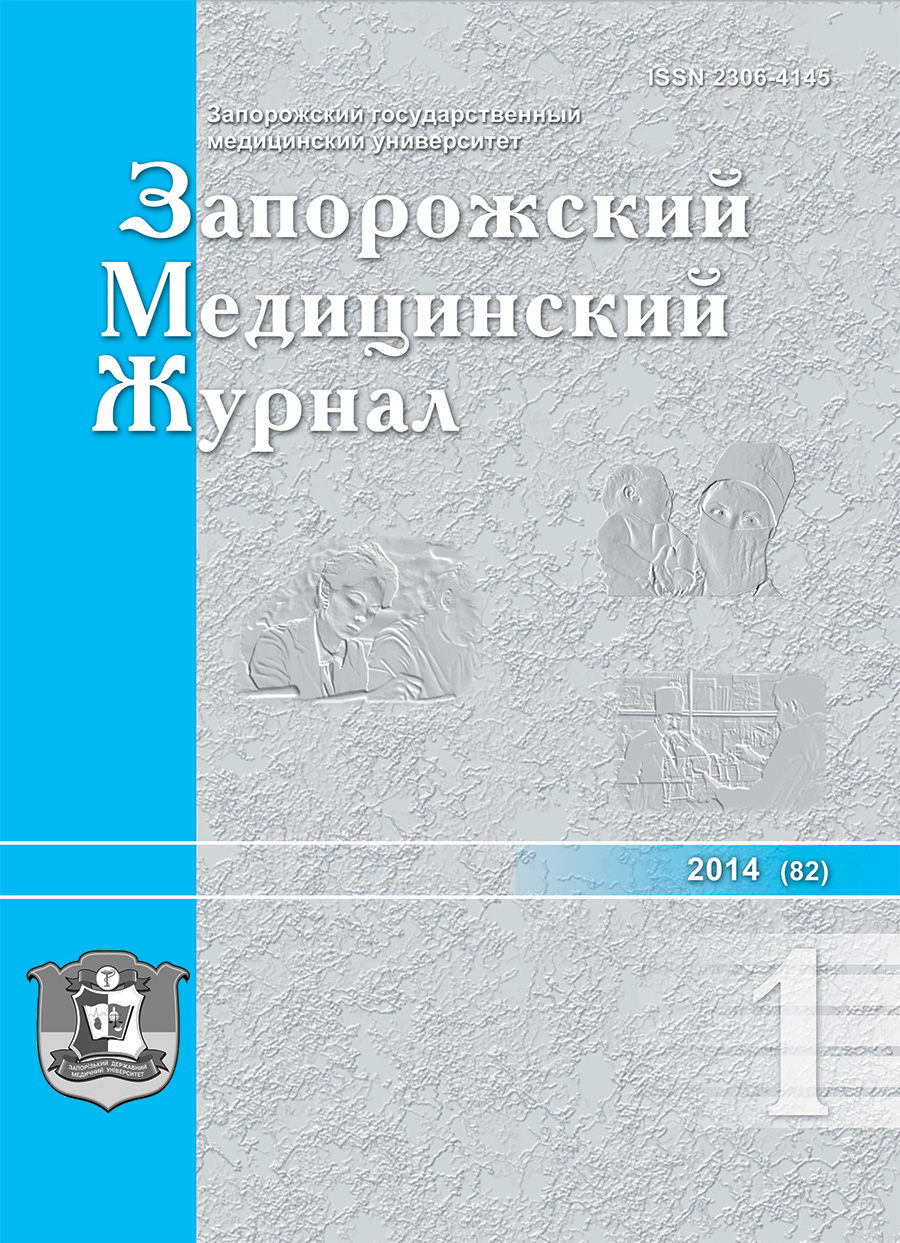Difficulties and mistakes or how competent is diagnosis “Food allergy” (review with elements of own studies)
DOI:
https://doi.org/10.14739/2310-1210.2014.1.23840Keywords:
пищевая аллергия, дети, международная классификация болезнейAbstract
Actuality of the study of the food allergy (FA) in children is caused by it’s polisystemic and polispecific clinical symptoms. Food allergy – conception more pathophysiological, than clinical. There are several diseases in the international diseases classification that are associated with FA concept. All they have similarity – allergic inflammation in the basis, other are differences up to target-organ. These facts prove need to work up new diagnostic and treatment strategies for FA management. The aim of our work was to find out difficulties in FA diagnosis.
Materials and methods. We had analyze indexes of the work of the allegrocenter in the Zaporizhia city multifield children hospital in 2011-2013 years. Case histories of the 67 children with FA were studied. All patients passed questionnaire about clinical symptoms and their manifestations.
Results. In spite of the decrease in demographic indices allergological morbidity prolongs to grow. We founded out the next difficulties in the management of the FA patients. Most part of children are in the outpatient department. Frequently practitioners persistent skin elements diagnose as atopic dermatitis although it can be true food allergy or food intolerance or atopic exema. Each of these conditions require separate special treatment and further recommendations.
Sometimes children with gastroenterological symptoms of the FA are treated against infections due to the similarity of clinical sighs to the intestinal infectious invasion. Questionnaire of the 67 children with food allergy and their parents showed that about 13% of them at least once had specific gastroenterological food allergy symptoms, that were caused by food intake and repeated in time periods after recurrent food intake.
Conclusion. Conceptional and clinical difficulties associated with food allergy in children requires further studies of the mechanisms of it’s occurrence. This will allow to increase quality of the FA diagnostics and treatment.
References
Клименко В.А. Пищевая аллергия у детей грудного возраста / В.А. Клименко // Новости медицины и фармации. – 2010. – № 10. – С. 10–11.
Наказ МОЗ «Про затвердження нормативів надання медичної допомоги та показників якості медичної допомоги» від 28.12.2002 р. №507 [Електронний ресурс]. – Режим доступу: http://www.moz.gov.ua/ua/portal/dn_20021228_507.html.
Новик Г.А. Атопический дерматит у детей: [Текст] / Г.А. Новик // Лечащий врач. – 2009. – № 4. – С. 6–12.
Современные подходы к ведению пациентов с пищевой аллергией / О.Г. Шадрин [и др.] // Современная педиатрия. – 2012. – № 5. – С. 101–104.
A revised nomenclature for allergy. An EAACI position statement from the EAACI nomenclature task force / S.G.O. Johansson [et al.] // Allergy. – 2001. – № 56. – Р. 813–824.
Revised nomenclature for allergy for global use: Report of the Nomenclature Review Committee of the World Allergy Organization / S.G.O. Johansson [et al.] // J Allergy Clin Immunol. – 2004. – № 113. – P. 832–836.
Downloads
How to Cite
Issue
Section
License
Authors who publish with this journal agree to the following terms:
Authors retain copyright and grant the journal right of first publication with the work simultaneously licensed under a Creative Commons Attribution License that allows others to share the work with an acknowledgement of the work's authorship and initial publication in this journal. 
Authors are able to enter into separate, additional contractual arrangements for the non-exclusive distribution of the journal's published version of the work (e.g., post it to an institutional repository or publish it in a book), with an acknowledgement of its initial publication in this journal.
Authors are permitted and encouraged to post their work online (e.g., in institutional repositories or on their website) prior to and during the submission process, as it can lead to productive exchanges, as well as earlier and greater citation of published work (See The Effect of Open Access)





